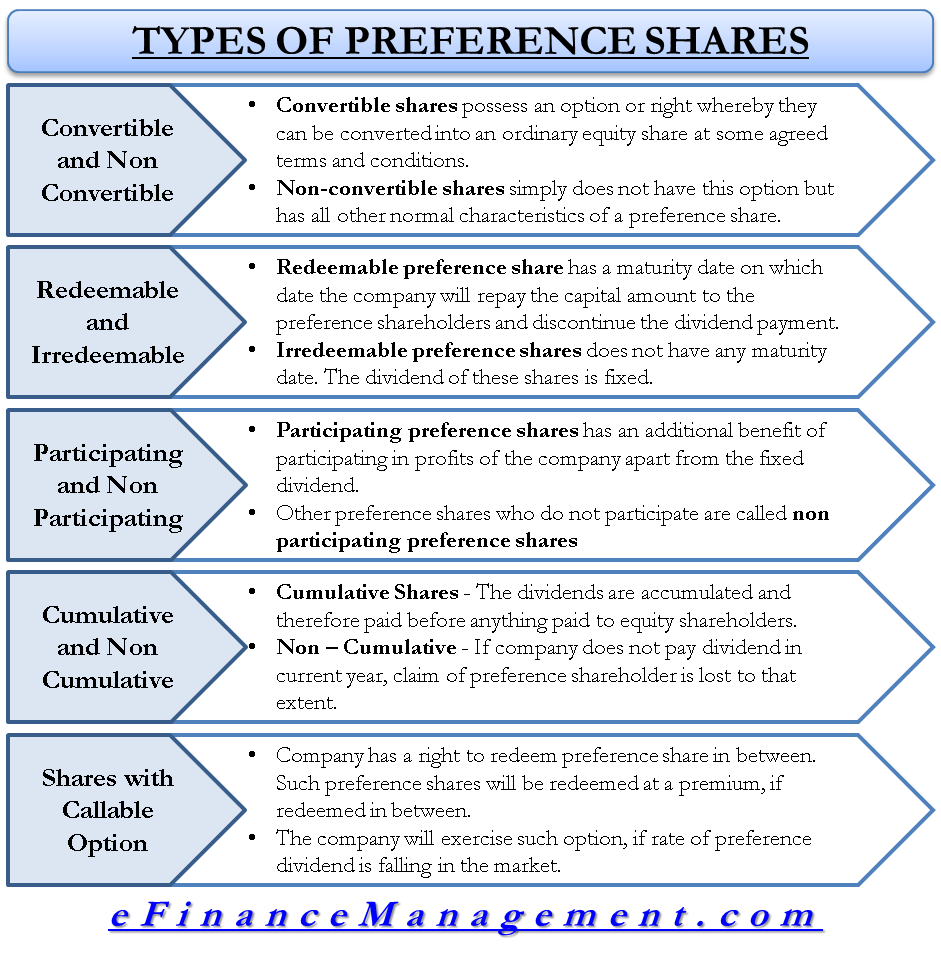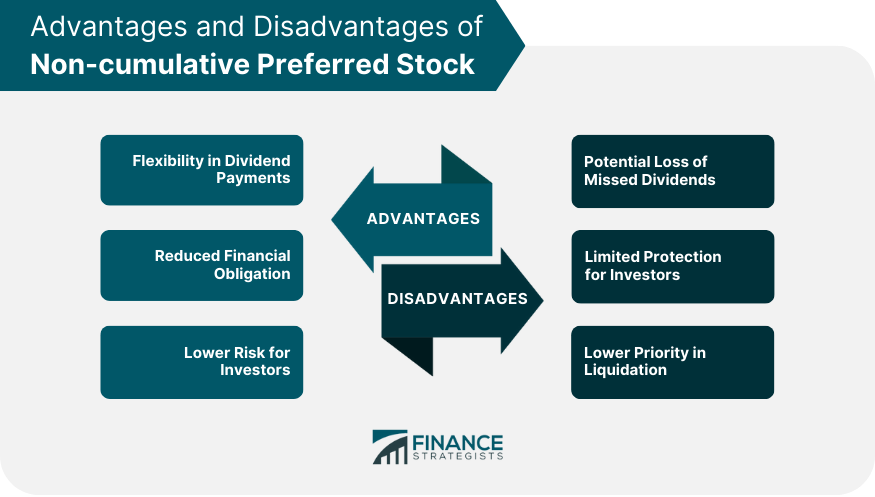How to Calculate Cumulative Dividends Per Share The Motley Fool

Here is a complete guide to preferred stock, including benefits and limitations, types, and how these shares compare to bonds and common stock. Preferred stock issuers tend to group near the upper and lower limits of the creditworthiness spectrum. Some issue preferred shares because regulations prohibit them from taking on any more debt or because they risk being downgraded. On the other hand, several established names like General Electric, Bank of America, and Georgia Power issue preferred stock to finance projects.
Considerations for Investors
If yield is a key reason to consider preferreds, how does the asset class stack up against other income-generating choices? As shown below, preferreds compare favorably to dividend paying stocks, investment-grade corporate bonds and the broader bond market. Preferred shareholders have a prior claim on a company’s assets if it is liquidated, though they remain subordinate to bondholders. Preferred shares are equity, but in many ways, they are hybrid assets that lie between stock and bonds. They offer more predictable income than common stock and are rated by the major credit rating agencies.
- Just as important, the common shareholders must not wait for the firm to accumulate a whopping $90 million and pay all past claims before they can receive their share of the firm’s profits.
- Common stock does not offer this level of certainty when it comes to dividends, because payments may decrease or stop entirely.
- This is a relatively drastic measure and would send a chilling message to all stakeholders.
- For most preferred shareholders, the true value of the shares is the size and predictability of the dividends, not a potentially larger future share price.
- Preferred stock is like a bond because the income provided is more predictable than common stock, is rated by major credit rating agencies, and is given higher priority than common stockholders.
- All preference shares have a fixed dividend rate, which is their chief benefit.
Preferred Stock Dividend Suspension
If your preferred shares pay a 6% dividend rate and have a par value of $25, you can determine the cumulative dividends with the three steps discussed above. Convertible preferred stock includes an option that allows shareholders to convert their preferred shares into a set number of common shares, generally any time after a pre-established date. Under normal circumstances, convertible preferred shares are exchanged in this way at the shareholder’s request.

Convertibility Options
Its steady income stream caters to those seeking reliability, with fixed dividend rates ensuring predictable returns. For investors interested in convertible preferred stock, careful evaluation of the conversion terms is essential. Participating preferred stock comes with the potential for additional dividends beyond the fixed rate. leave management for xero differs from Common Stock in terms of dividend payments, voting rights, and risk and return profile. CPS provides priority in liquidation over common stock but is subordinate to bonds and other debt securities. The purpose of CPS is to provide companies with a flexible and cost-effective way to raise capital.
Callable Preferred Stock
Participatory preferred stock allows the holder to participate in higher-than-expected revenues. Preferred stock comes with several advantages, including more predictable dividends, some protection if the company were to liquidate, and stable value. As a preferred shareholder, you’re not likely to experience a sharp rise or even a gradual long-term rise in the share price if the company becomes successful.
In contrast, a company has the ability to defer paying its preferred stock, and may not ever have to repay it, depending on whether the preferred stock is cumulative or non-cumulative (more below). A company might choose to call back preferred stock if interest rates fall below the yield of the stock, allowing them to reissue stock at lower yields. If they do so, investors will lose both the income stream and the preferred stock. Preferred stock is issued with a par value, often $25 per share, and dividends are then paid based on a percentage of that par. For example, if a preferred stock is issued with a par value of $25 and an 8 percent annual dividend, this means the dividend payment will be $2 per share.
Do that, and you’re sacrificing surety for volatility and the possibility of capital appreciation. Finally, multiply the number of missed dividend payments by the quarterly dividend amount to calculate the cumulative preferred dividends per share that you’re owed. First, determine the preferred stock’s annual dividend payment by multiplying the dividend rate by its par value.
(As interest rates rise, bond prices usually fall, and vice versa. This effect is usually more pronounced for longer-term securities). Fixed income securities also carry inflation risk, liquidity risk, call risk and credit and default risks for both issuers and counterparties. Lower-quality fixed income securities involve greater risk of default or price changes due to potential changes in the credit quality of the issuer. Foreign investments involve greater risks than U.S. investments, and can decline significantly in response to adverse issuer, political, regulatory, market, and economic risks. Any fixed-income security sold or redeemed prior to maturity may be subject to loss.
